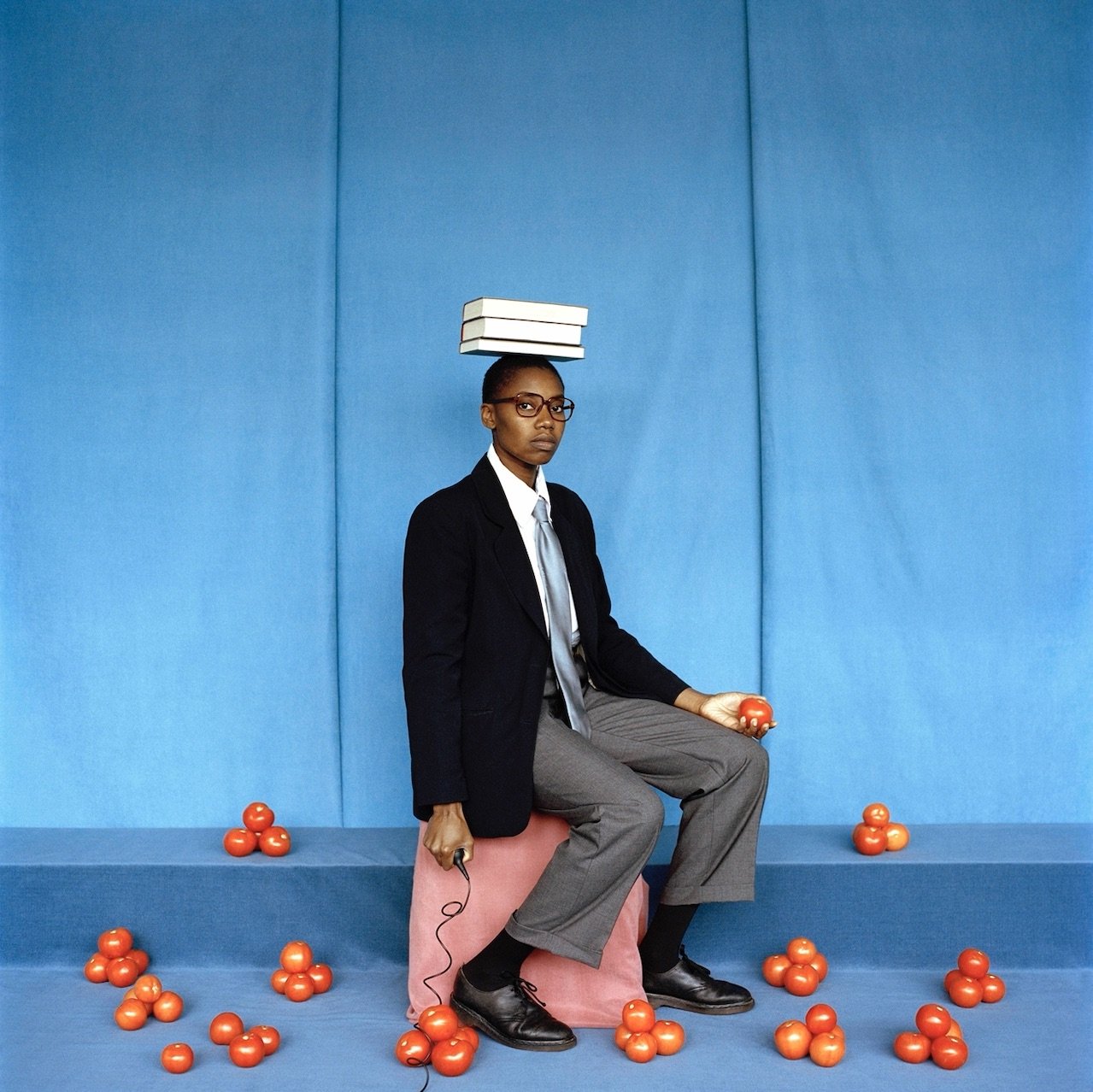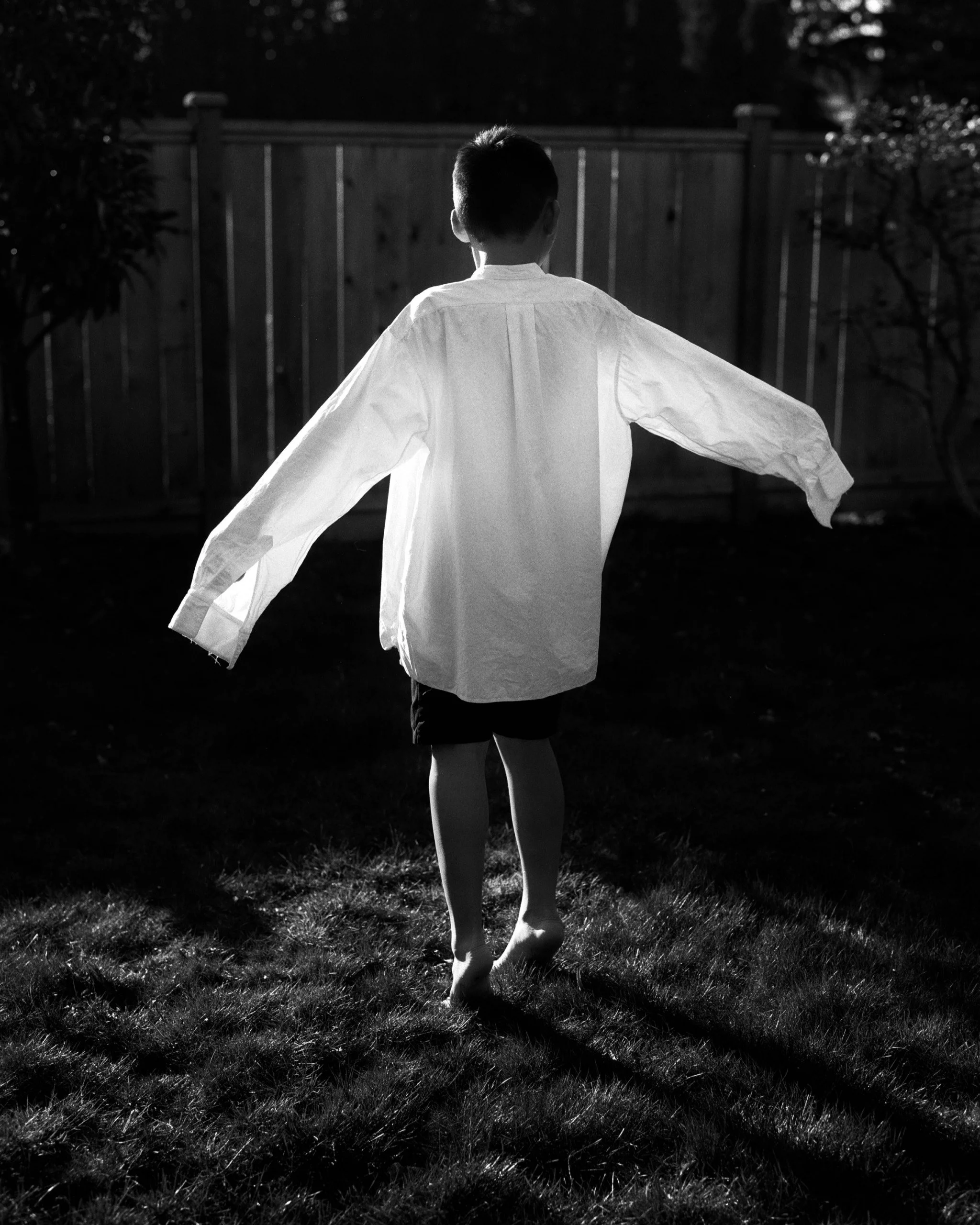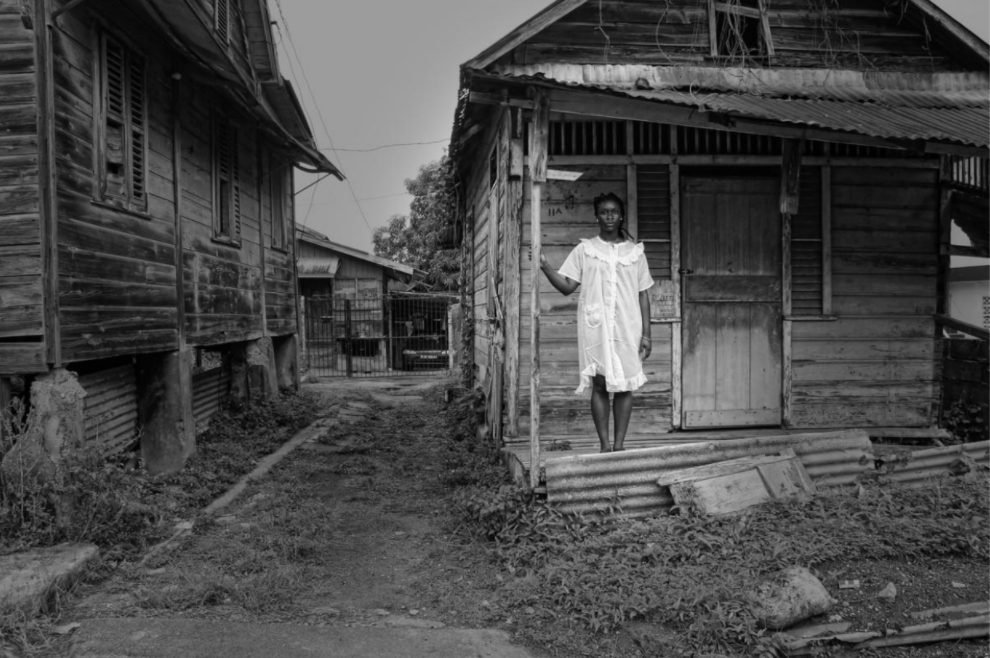At Capture Photography Festival, Family Album subverts traditional images of the common social structure
You won’t find any “typical” family portraits at the vast group exhibition
Silvia Rosi, Self Portrait as my Father, 2019, chromogenic prints. Courtesy of the artist
Capture Photography Festival presents Family Album until April 14 at the Pendulum Gallery. This is also the site of the Capture 2022 Festival Launch Reception on April 1 from 7 to 9 pm and of the Artist Talk In Conversation with Rydel Cerezo, Anna Kasko and Birthe Piontek on April 7 from 5:30 to 6:30 pm.
CHANCES ARE THAT the first photos ever taken of you were with a parent or guardian, probably at home; if you had a formal family photo done, it’s likely everyone was wearing nice or matching clothes, perhaps posed in a neat and tidy living room or gathered in a backyard surrounded by fall leaves. The artists featured in Family Album, a key exhibition at Capture Photography Festival 2022, take a different approach, subverting the idea of family and how it “should” appear, depicting flawed and challenging realities of what are typically assumed to be our closest relationships.
The show consists of works by emerging and established local, national, and international lens-based artists including Vancouver’s Rydel Cerezo, Anna Kasko, and Birthe Piontek; Toronto’s Dainesha Nugent-Palache; New York’s Cheryl Mukherji; and Silvia Rosi (London/Milan).
Family Album is curated by Emmy Lee Wall, the executive director of Capture Photography Festival. Stir connected with Wall to find out more.
- Why did you want to explore the realm of “family albums” as part of this year’s festival?
I try to regularly have studio visits just to keep on top of contemporary lens-based practices. Over the past couple years I noticed many artists I connected with were using their photographic practices to learn about their families, explore familial relationships, and try and depict the complex, multi-layered connections that exist within family structures. Capture really aims to connect people through photography, and I thought since many people first sit in front of the camera with their family, the concept would be an easy one to relate to. But then none of the artists make work that resembles a family portrait!
Rydel Cerezo, Kai In The Backyard, 2020, digital scan from negative. Courtesy of the artist
The mention or idea of “family albums” might bring up notions of perfection or certain ideals. What did you discover during your research on the topic? How do the selections do away with preconceived assumptions or ideas people might have about family photo collections?
One of the reasons I wanted to explore this topic is that the traditional idea of a family seems very defined by the photographic medium; the two are so intertwined. I realized as I was learning about these artists’ work that while each of their practices explore the idea of family in some way, none of them present traditional family portraits as you might see in a conventional album. For example, Anna Kasko layers found photographs to complicate the idea of a fixed truth and ask viewers to lean in, look closely, and make their own meaning. Dainesha Nugent-Palache takes photographs of objects significant to her mother to think through their meaning and presence within her family home. Birthe Piontek’s work, created over several visits to her family home in Germany, explores the incredibly close and sometimes even suffocating bonds that can define a family. Rydel Cerezo took a series of images during the first lockdown that are both intimate and nuanced capturing his family in a way only someone within his family could, defying the stereotypical staged family image. The works in the exhibition offer rich alternatives to traditional images of family and celebrates the nuanced and complicated nature of this common societal structure.
Cheryl Mukherji, Wanted Beautiful Home Loving Girl, 2021, inkjet print. Courtesy of the artist
Are there common themes among the selections?
The shared theme is really the exploration of familial relationships. But what’s even more interesting to me are the common strategies. Silvia Rosi, Anique Jordan, Meryl McMaster, and Cheryl Mukherji all use their practices to connect to and better understand their family and cultural histories. Silvia takes self-portraits dressed as both her mother and father, using the studio to tell something of the story of her parents, two Togolese immigrants in Italy. Anique travelled to her family hometown of Fernando, Trinidad to take pictures of herself in culturally, economically, and personally significant sites. Meryl has taken photographs of herself and her father with images of their ancestor projected on their faces; she started this series by looking for images of her Indigenous ancestors as a way to learn more about them. Cheryl has taken a self-portrait recreating her mother’s matrimonial portrait to better comprehend and connect to her cultural heritage.
Anique Jordan, Outside, from the Salt series, 2015, chromogenic print. Courtesy of the artist
How would you describe the range of artistic styles represented in the exhibition?
The exhibition includes local, national, and international contemporary artists working in photography. They have a variety of styles but have common ground in the investigative quality of their work; they all seemed to be asking questions and using their camera as a tool through which to explore the parameters of what a family is or could be.
For more information, see Capture Photography Festival.
















